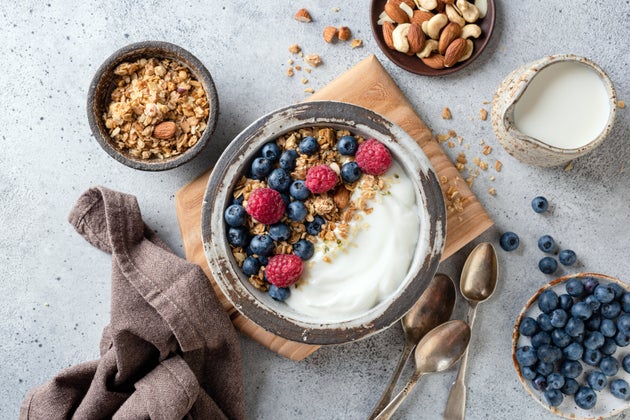
!function(n){if(!window.cnx){window.cnx={},window.cnx.cmd=[];var t=n.createElement('iframe');t.display='none',t.onload=function(){var n=t.contentWindow.document,c=n.createElement('script');c.src='//cd.connatix.com/connatix.player.js',c.setAttribute('async','1'),c.setAttribute('type','text/javascript'),n.body.appendChild(c)},n.head.appendChild(t)}}(document);(new Image()).src = 'https://capi.connatix.com/tr/si?token=ff7fdddc-5441-4253-abc4-f12a33fad58b';cnx.cmd.push(function(){cnx({"playerId":"ff7fdddc-5441-4253-abc4-f12a33fad58b","mediaId":"aa0d5e91-1652-497b-866d-df8ebc67f8ce"}).render("67f39449e4b0b8ddefde8e77");});We all want to stay healthy and active for as many years as we can, and one way to fight aging is to eat foods that support health at the cellular level. Aging occurs in many ways, from our joints getting creaky to bigger problems, like dementia. Two processes are being studied for their role in aging: one is cell senescence and the other is damage to the telomeres on your DNA. In cell senescence, a cell stops dividing normally and just hangs around, creat
Full Story